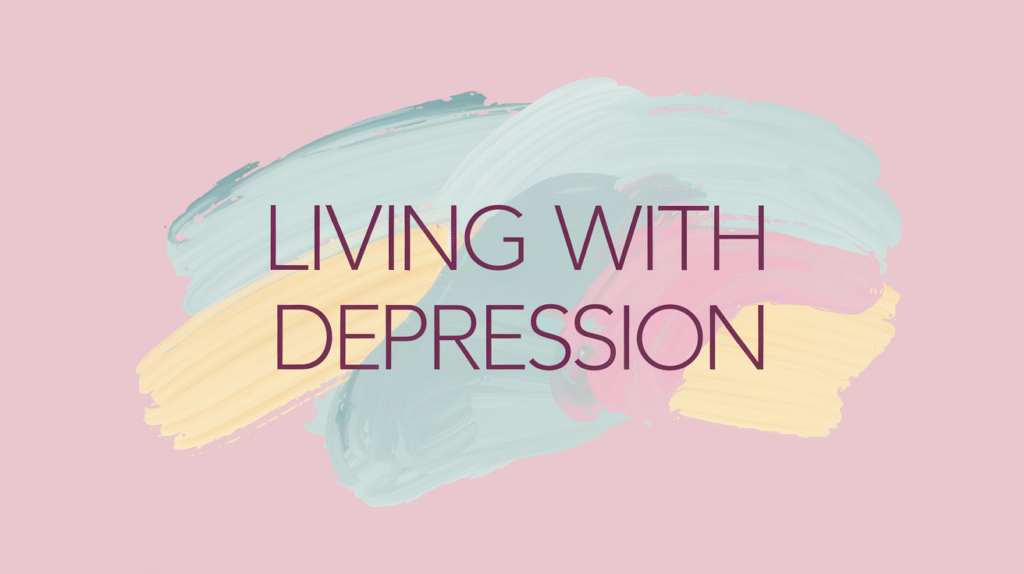
Let It Go: Releasing What No Longer Serves You
Life is like a massive, ever-changing concert. There are moments when you’re in perfect harmony with everything around you, and then there are times when your rhythm feels completely off. Sometimes, the hardest thing isn’t learning something new—it’s unlearning what weighs you down. Letting go isn’t about giving up or losing. It’s about freeing space in your life for peace, clarity, and movement. It’s choosing to step out of the background noise and finally take the mic in your own story.
Many of us cling to things—old habits, pain, control, toxic relationships—because they’ve become familiar, even when they hurt. But holding on out of fear or comfort doesn’t create safety. It creates tension, frustration, and emotional exhaustion. Letting go is an act of self-respect. It says, “I no longer accept what drains me.” That shift can be subtle or dramatic, slow or sudden. But every time we let go of something that no longer serves us, we make room for something better to grow.
The Illusion of Control
Trying to control every aspect of life is exhausting. We overthink, over-plan, and hold our breath hoping things won’t fall apart. But no matter how hard we try, we can’t predict every outcome. We can’t make people behave the way we want. We can’t guarantee comfort or avoid pain. The desire for control often comes from fear—fear of change, fear of failure, fear of the unknown. But control doesn’t keep us safe—it keeps us stuck.
When we let go of control, we open ourselves to flexibility and trust. That doesn’t mean we stop caring or stop making choices. It means we learn to do our part, then surrender the rest. This approach lightens our mental load and helps us respond to life rather than constantly brace for it. It’s the difference between gripping the steering wheel so tightly your knuckles hurt, and driving with calm attention, knowing you can adjust as needed. True strength lies not in forcing outcomes, but in trusting yourself to adapt when things don’t go as planned.
Embracing What We Can’t Fix
There are times when no amount of effort, love, or planning can change a situation. Relationships may end. People may disappoint you. Opportunities may pass. The longer we fight to fix what’s already broken or force what’s not meant for us, the more we suffer. Accepting powerlessness in these moments doesn’t make you weak—it makes you wise. It gives you back your energy to focus on what’s still possible.
Letting go of what we can’t fix is an act of kindness toward ourselves. It allows us to stop wasting energy on what’s out of our hands and start investing in our own growth, health, and peace. When we stop trying to force something to work, we open ourselves to the healing that comes from acceptance. This doesn’t mean we don’t feel sadness or grief—it means we allow those feelings without letting them define us. Acceptance creates emotional freedom.
From Control to Support
Sometimes, we try to control people we love—not out of cruelty, but out of care. We want them to make better choices, avoid pain, or change harmful behavior. But the truth is, we can’t control another person’s growth. What we can do is offer support. That shift—from control to compassion—transforms relationships. It allows us to love people without trying to fix them and to be present without being responsible for their every decision.
Supporting someone means offering empathy, listening without judgment, and setting healthy boundaries. It means trusting them to find their own path, even if it’s messy. This shift doesn’t make you passive—it makes you more emotionally available. When people feel supported rather than pressured, they’re more likely to open up and grow on their own. And when we let go of control, we free ourselves from the anxiety of trying to manage everyone else’s life.
Letting Life Teach Its Lessons
Sometimes we try to shield others from the consequences of their actions. We step in, explain, defend, or rescue—thinking we’re helping. But people grow when they learn from experience. When we constantly intervene, we deny them the chance to develop resilience. Letting go means allowing others to face the natural outcomes of their choices. It means trusting that the lesson will land, even if it’s uncomfortable.
This doesn’t mean abandoning people. It means respecting their capacity to learn. It’s hard to watch someone struggle, but growth often comes through mistakes. When we let go of the need to control the process, we support their long-term success. And we also protect our own peace in the process.
From Criticism to Acceptance
When we don’t let go of judgment—toward ourselves or others—it becomes a barrier to connection. Criticism can feel like control in disguise. It creates distance and resentment. Acceptance, on the other hand, creates openness. That doesn’t mean agreeing with everything or ignoring harmful behavior. It means recognizing that people are human, with flaws, wounds, and stories we might not understand.
Accepting yourself also means giving up the need to be perfect. It means allowing space for mistakes, for growth, for doing your best while knowing it won’t always be enough for everyone. When we shift from being our own harshest critic to becoming our own supporter, we begin to heal. That’s how confidence is built—not by being flawless, but by being kind to yourself even when you fall short.
Living in the Moment
When we’re constantly replaying the past or fearing the future, we lose the ability to fully experience life. Letting go brings us back to the present. It allows us to notice what’s real: the breath in our lungs, the people in our life, the opportunities right in front of us. The present moment is where peace lives. It’s where we laugh, cry, heal, and feel.
Being present doesn’t mean pretending everything is okay. It means choosing to focus your attention on what’s happening now. Mindfulness practices like meditation, deep breathing, or simply pausing for a moment of gratitude can help shift your focus. These moments ground us. They remind us that life isn’t lived in memory or imagination—it’s happening right now, in this moment. And the more often we show up for the present, the more meaningful our life becomes.
You Can’t Carry It All Forever
At some point, we all need to put down what we’ve been carrying. Whether it’s resentment, guilt, unrealistic expectations, or the need to please everyone—none of it is helping us become who we’re meant to be. Letting go is hard because it often feels like losing control or admitting defeat. But in truth, it’s a powerful act of reclaiming your energy, your focus, and your right to peace.
You don’t have to do it all at once. Letting go is a practice, not a performance. Sometimes it means taking a deep breath and choosing not to respond. Sometimes it means stepping away from something—or someone—that no longer fits who you are becoming. Sometimes it means forgiving yourself, even if you don’t think you deserve it yet. Each act of release is an act of self-trust.
Letting Go Is a Way Back to Yourself
Letting go isn’t about forgetting, pretending something didn’t happen, or erasing emotion. It’s about reclaiming your peace and making space to breathe again. When we hold onto pain, anger, regret, or guilt, we carry emotional weight that was never meant to be permanent. It drags us backward, locks us in patterns we’ve outgrown, and silences the voice that’s trying to grow stronger inside us.
Releasing these burdens isn’t weakness—it’s powerful. It means you trust that your life is worth more than staying stuck in yesterday’s hurt. It opens the door to presence, to healing, and to becoming more of who you truly are. By letting go, you don’t lose yourself—you come home to yourself.
So what are you still gripping that no longer serves you? Is it a story you keep replaying? A grudge that’s turned into armor? A voice in your head that says you’re not enough? What would happen if, just for today, you loosened your hold?
This isn’t about rushing the process—it’s about honoring the part of you that wants to feel light again. The moment you begin to let go, even slightly, you invite freedom in. And with each breath of release, you return to your center. Back to the rhythm of your truth. Back to the place where healing begins.



